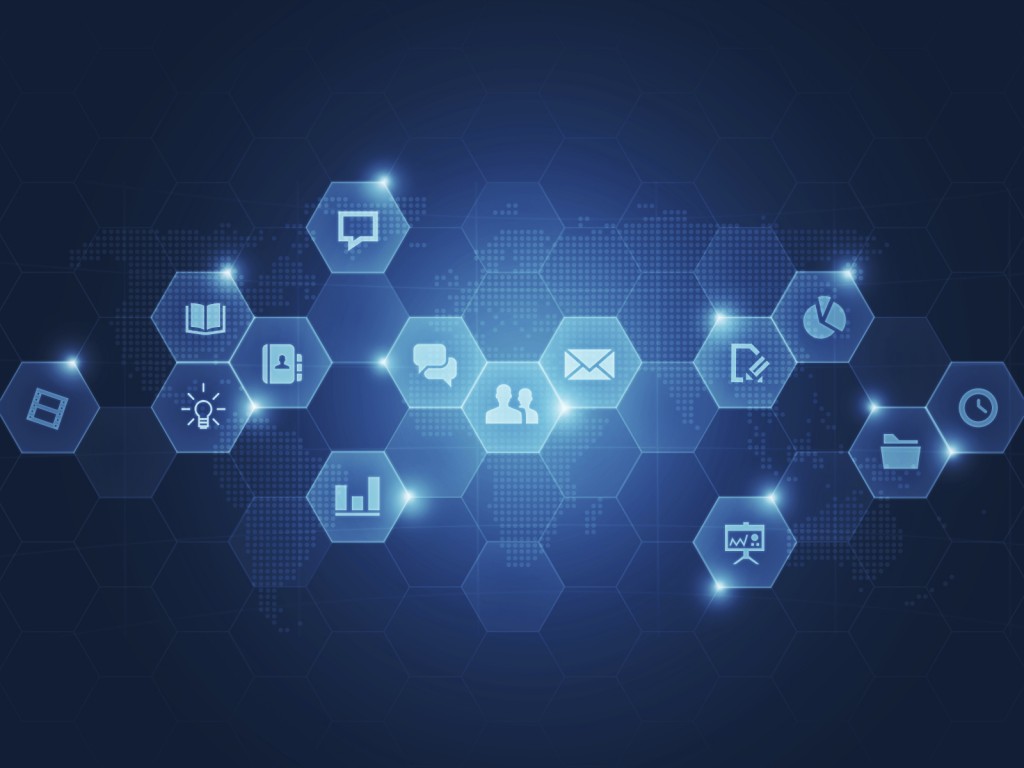“Why should I put a sensor on my toaster?” asked Daniel Castro, Vice President of Information Technology at the Innovation Foundation, and Director of the Center for Data Innovation.
“You probably shouldn’t,” he answered. For an Internet of Things (IoT) evangelist, this answer was a surprising one. How could he deny that a connected toaster might improve the quality of my toast, maybe even my entire morning routine? Castro admitted that I could achieve those benefits but he also asserted that it probably wasn’t the best use of IoT technology.
Instead, Castro said we should be focused on using IoT to deliver meaningful change and drive a new wave of government productivity. “IoT will redefine societies, organizations, and individual lives,” he said.
In fact, Castro pointed to many examples of how IoT is already transforming different sectors. IoT is:
- Transforming industries: Car manufacturers place sensors at every step of the manufacturing process so that, when an error occurs, targeted recalls only impact defected vehicles rather than an entire line of cars. Mining companies like Rio Tinto automate tractors and other machinery, decreasing the manual demands on their workers. Agriculture is becoming precision agriculture, as sensor-enabled machinery determine which seeds to plant, how much fertilizer to use, and what locations will produce the highest crop yield.
- Transforming cities: Sensors embedded in park spots let drivers know where the nearest available space is, cutting driving times, traffic congestion, and emissions in the process. Air quality eggs tell bikers which route is the least polluted. Solar-powered Big Belly trash compactors alert sanitation crews to receptacles that need to be emptied, increasing sanitation while decreasing work hours for laborers.
- Transforming homes: You’ve probably heard of the Nest thermostat that uses sensors to regulate the temperature of a home. Now the company has expanded its IoT offerings to create an entire ecosystem of automated, connected sensors to measure carbon monoxide, fires, and other things within the home. When a problem is detected, other parts of the home are triggered to react and help contain the issue. Similarly, Belkin has created IoT solutions that manage the water consumption of a home, even sensing when pipe leaks occur.
- Transforming people: Activity trackers monitor a baby while they’re sleeping or adults while they’re active to make sure both are safe, even when unattended. Glow Caps alert forgetful patients when it’s time to take their medicine. Body Guardian sense when a Parkinson’s attack is about to occur and walk the sufferer through proactive steps to mitigate damage.
Castro believes that, in addition to transforming the sectors mentioned above, IoT can also transform government. “IoT means better data – more accurate, more granular, and more timely – and better data means better decisions,” he said. IoT also allows automation, which can increase government efficiencies while improving safety and other public goods.
However, the public sector faces unique regulatory and operational challenges that require distinctive considerations. In order to seize the opportunity of IoT, Castro recommended six tactics for government.
1. Use new technology to solve old problems. Castro said there must be a strategic alignment between what technology can do the mission of each organization in government. In other words, agencies must deploy new technology to serve long-standing missions.
2. Make “smart” the default. If IoT can drive efficiencies, it should be engrained into every government project at the onset. This proactive approach increases productivity and normalizes IoT.
3. Build partnerships with the private sector. “Bring your own device is moving to ‘bring your own IoT’,” said Castro. If government is going to leverage all of this technology that it doesn’t own, it will need to build partnerships with the private sector that create access to these sensors and their data.
4. Consider the data divide. You’ve heard of the digital divide between the haves and the have nots. Castro said we have to think the same way about the data created by IoT; it must be made available to everyone. In many cases, this might mean serving a population that seems unconnected to your data set at first glance.For instance, a gunshot detection system missed a 2011 shot in DC because it occurred near the White House, in a wealthy neighborhood.
5. Collaborate and coordinate. “Why didn’t I think of Uber?!” is a question many people ask themselves, said Castro. For cities, this is an extremely important question because the on-demand driving service solved many public transportation and municipal safety issues they had been grappling with for decades. Yet the solution didn’t come from the public sector because individual cities didn’t reach out to others or even think about these pressing issues on a larger scale. Had they been more willing to collaborate, government might have created the simple service of Uber much earlier, according to Castro.
6. Ruthlessly pursue efficiency. Perhaps the single biggest constraint on government is budget. Yet Castro warned that many people seeking innovation focus on creativity alone while ignoring fiscal and operational constraints. “We can’t just settle for doing cool things with tech,” he said.
Instead, government organizations must ensure that they are using IoT to drive efficiencies. According to Castro, that is the biggest value of connected technology for government.
